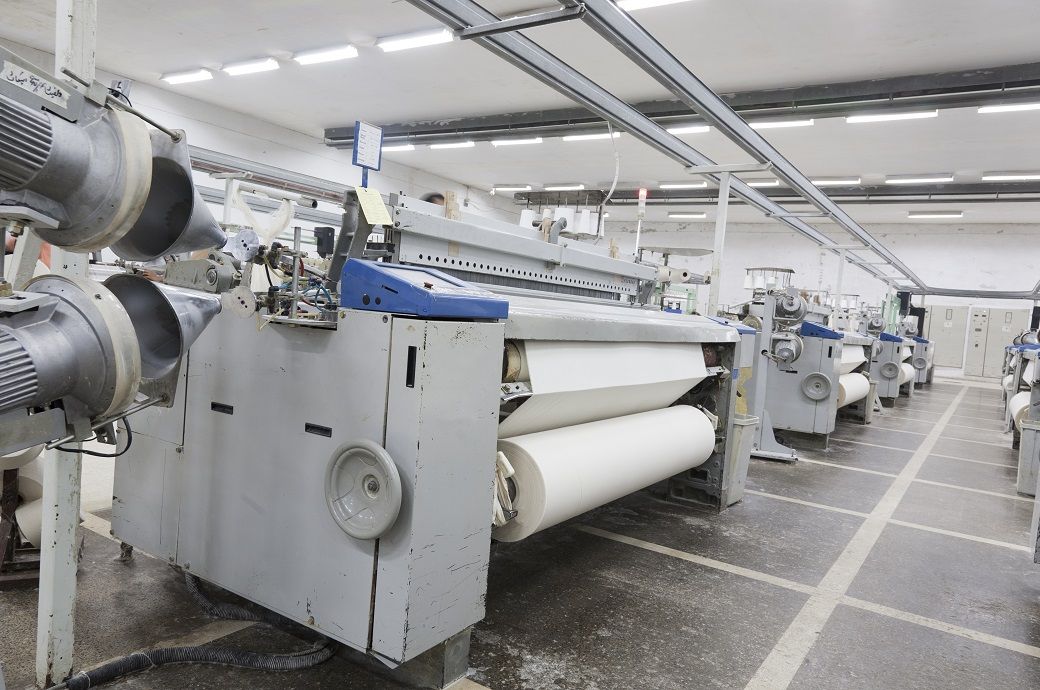
The PMI rose to 49.4 from 49.0 in April, the highest since August 2022, edging closer to the 50.0 no-change mark.
“With output rising for three months in a row, historical patterns suggest there is a 72 per cent chance we will see another increase in the next month. Of course, one big risk on the horizon is the possibility of the US significantly hiking tariffs on EU imports. That could definitely cast a shadow over the outlook,” Dr Cyrus de la Rubia, chief economist at Hamburg Commercial Bank (HCOB), said commenting on the PMI data.
Notably, Greece led performance among monitored countries, with Spain returning to expansion after months of decline. France's manufacturing activity nearly stabilised, reaching a 28-month high, while Germany remained weakest, though its downturn softened.
Demand conditions improved, with export orders nearing stability and backlogs of work declining at their slowest rate since June 2022.
“In May, Europe’s industrial engines seemed to be running in sync. Production rose in Germany, France, Italy, and Spain, suggesting that shared factors are driving the upswing. Among them is the US tariffs, which likely prompted US buyers to place orders early. That said, France has not benefited from this trend as much as its peers,” Rubia added.
Purchasing activity, employment cuts, and inventory reductions were all moderated. Input costs dropped for the second straight month, at the fastest pace in over a year, prompting some firms to lower output prices.
Business confidence strengthened significantly, reaching its highest level since February 2022 and surpassing the historical average.
“The ECB is getting some tailwinds for its expected interest rate cuts. The industrial sector has started cutting its sales prices again after two months of increases, giving the central bank some extra room to move on with its interest rate cuts. Lower energy prices, which have helped bring down input costs, are likely the main driver behind this shift,” Rubia said.
ALCHEMPro News Desk (HU)
Receive daily prices and market insights straight to your inbox. Subscribe to AlchemPro Weekly!